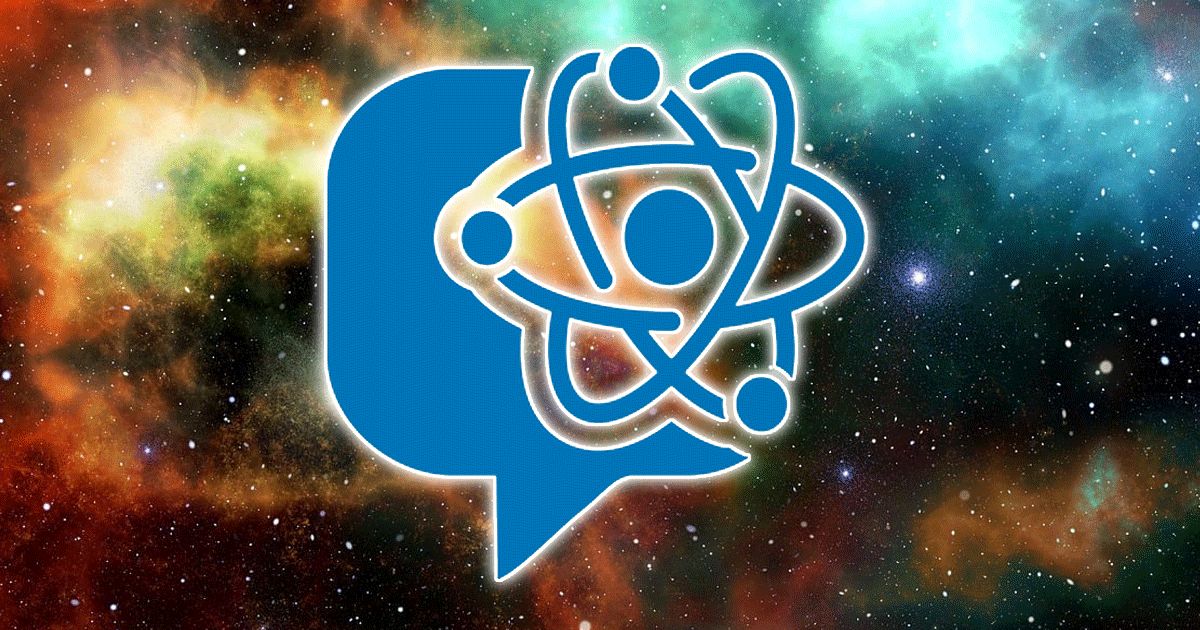

However, it's important to understand that quantum entanglement doesn't directly impact the macroscopic processes involved in nuclear reactions, but it could have indirect implications. 'Doubly magic' form of oxygen may challenge a fundamental law of physics : Read moreIf one of the processes involved in creating oxygen-28 were to utilize an entangled system while the other necessary ingredient isn't entangled, it would introduce a complex and novel scenario. In a separate case, scientists in 2009 showed that an oxygen-24 isotope behaved as though it were doubly magic, even though it did not have a magic number of protons and neutrons.Īdmin said:After scientists created oxygen-28 in the lab, it almost immediately degraded, baffling physicists around the world.
#Physics science model full#
Though the experiment has not yet been replicated, the findings of this study suggest that the current list of magic numbers may not tell the full story of whether molecules are stable. "Personally, I thought it was doubly magic. "I was surprised," Takashi Nakamura, a physicist at the Tokyo Institute of Technology and co-author of the study, told Nature.

In fact, its presence was only confirmed by the products it left behind when it decayed: oxygen-24 and four neutrons. Oxygen-28 contains 20 neutrons and eight protons, both of which are magic numbers, suggesting that the molecule should have been supremely stable or "doubly magic." But that was not the case.ĭuring the experiment, the oxygen-28 molecule decayed within a zeptosecond, or a trillionth of a billionth of a second. Under the Standard Model, the leading theory of particle physics, particles should be stable if the shells in an atom's nucleus are filled with certain numbers of protons and neutrons that are known as "magic" numbers.


 0 kommentar(er)
0 kommentar(er)
